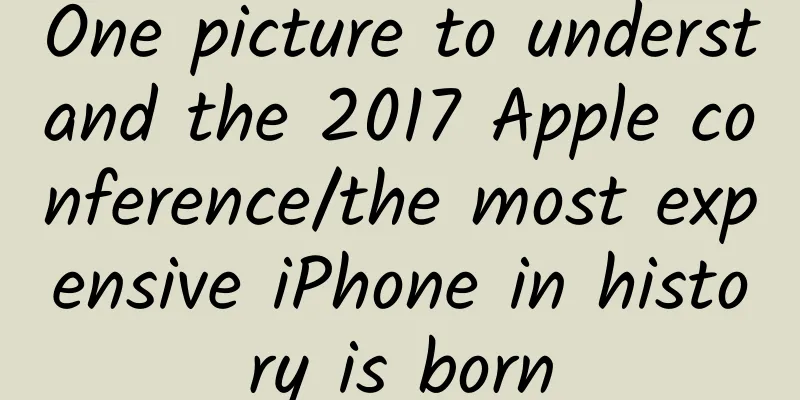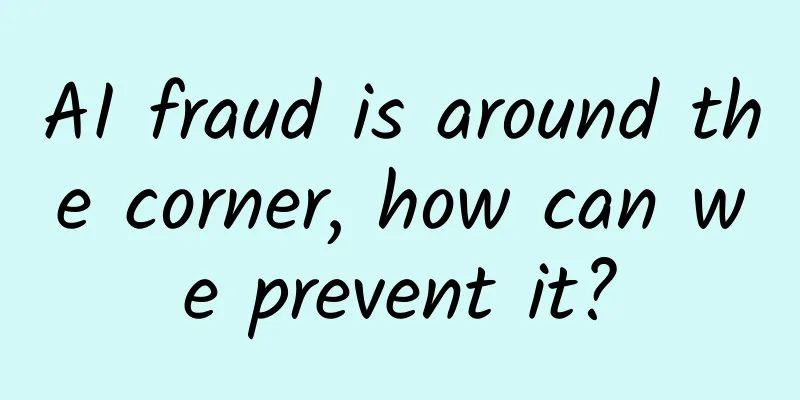You can’t tear it off, and you can’t eat it. What are the stickers on fruits used for?
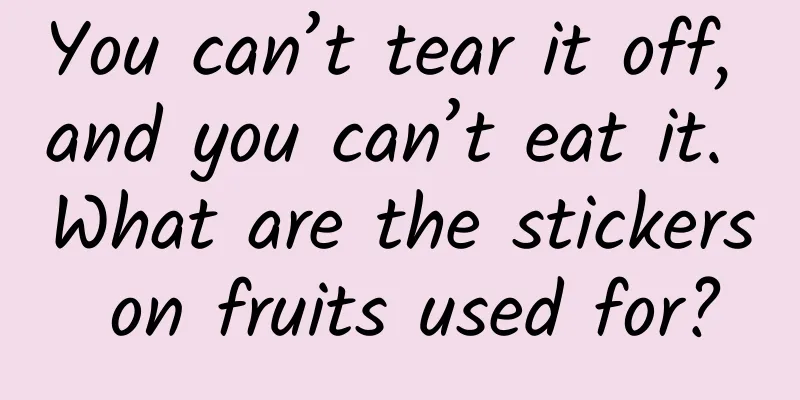
|
Many people are used to peeling the stickers off the kiwi fruit before peeling it. British girl Kelly Angood would shout: Give me all the stickers you don't want! Sticker label on kiwi fruit | Photo provided by the author Kelly has been working in graphic design and accidentally noticed the small stickers on fruits. On a whim, she began to collect these fruit stickers that looked similar, treating them as an extra reward when eating fruits. She even went to the local fruit market to look for different fruit stickers when traveling abroad. Kelly and her collection of fruit stickers | everpress.com As she collected more and more stickers, Kelly decided to set up an " online fruit sticker museum ". She created the "fruit_stickers" account on Instagram, placing fruit stickers on a white background and scanning and uploading them, allowing people to focus on the design of the stickers themselves. At present, Kylie has posted about 1,000 fruit stickers of various shapes and colors and has more than 50,000 fans. Kelly's Instagram homepage丨Instagram/fruit_stickers But then again, why put a sticker on the fruit? Woven Fruit In 2009, Tom Mathison, a legend in the American apple industry, passed away. According to the obituary, Mathison was the first person to put a label on apples . Tom Mason, the "Apple King" of the United States丨fruitnet.com The Mason family owned an orchard that mainly grew apples. When Tom took over the orchard, he tried to expand the family business and set up a company specializing in fruit packaging. Labeling the fruit was exactly the marketing strategy he had in mind. At first, Tom simply printed the farm and company names on the apple stickers to increase awareness; later, he added a ladybug pattern to the stickers to indicate that the apples were produced from organic farms. Apple stickers from Tom's | stemilt.com A small sticker can contain so much information. This clever marketing not only made Tom's business successful, but also attracted the attention of the International Agricultural Products Standards Federation. In 1990, inspired by Tom Mason, the International Agricultural Products Standards Federation decided to promote this sticker and display more information on it . Since then, in addition to various patterns, the small stickers on fruits and vegetables have also added a string of numbers: PLU codes (Price look-up codes). The PLU code is not mandatory but voluntary. It usually consists of 4 to 5 digits, just like our ID number, each string of digits represents different information such as commodities, varieties, planting methods and sizes. 🍎4-digit code, indicating that fruits and vegetables are grown using traditional methods, without the use of pesticides and fertilizers, and are usually affordable; 🍎A 5-digit code starting with 9 means that the fruits and vegetables are grown organically without the use of synthetic pesticides, fertilizers, etc.; 🍎A 5-digit code starting with 8, which once represented genetically modified crops (but few companies are willing to use it, so it is currently used as a common number). PLU code 4033, representing small lemons | wikimedia commons/Alfredo Narváez Lozano PLU code 4130, representing the large Pink Lady apple | wikimedia commons/Steschke It has to be said that the globally universal PLU code has brought a lot of convenience to large multinational fruit distributors : it is easy to distinguish between fruits in stock that look similar but are actually very different; it improves efficiency in logistics and sales; it increases consumer brand recognition; it also increases the premium a little bit... For consumers who value quality of life, the PLU code is also a way to gain self-recognition through consumption . If there is such a sticker on the fruits and vegetables you buy, you can go to the official website to enter the code, just enter the last 4 digits (click here for the official website) to check what its ingredients are. The official website query code 4656, the answer is okra produced in China丨Website screenshot Of course, some fruits and vegetables do not have PLU codes, they just have a nice label. Stop posting, please stop posting Distributors, some consumers, and Kelly all like stickers on fruits and vegetables, but naturally there are also people who hate fruit stickers. The most common hatred comes from trouble . For fruits like bananas and kiwis that are meant to be peeled before eating, putting a sticker on them will not have any effect. However, putting stickers on fruits like apples, pears, and peaches is a bit of a bad idea: the stickers cannot be peeled off cleanly, which is troublesome! You can only peel the skin before eating, which is troublesome! I am tired of reading it丨Xiaohongshu/Youth Deeper hatred comes from bigger troubles . Traditional PLU code stickers are usually made of plastic and are non-degradable . If the stickers are mixed with kitchen waste such as fruit peels, it will be a headache for the waste disposal industry. Composting manufacturers also don’t like PLU code stickers: on the one hand, although the stickers are mixed with kitchen waste, they themselves cannot be used for composting ; on the other hand, the stickers will produce microplastics during large-scale composting and fertilization processes, which may have long-term negative impacts on the environment and even human health . To sum up: PLU code is good, plastic sticker is bad. People are also thinking of ways to: Someone has developed a soluble sticker called fruitwash. When washing fruits with water, the sticker will melt and become a fruit cleaning agent , killing two birds with one stone. Unfortunately, the cost is relatively high and it has not been promoted yet. PLU code sticker that can be dissolved in water and turned into a fruit cleaning agent | amron exptl Other companies are testing the use of laser etching technology to engrave PLU codes directly on hard-skinned fruits, thereby avoiding the need for stickers. Avocados with laser-etched labels | Eosta Perhaps fruit stickers will become history in the future. In that case, collecting these strange stickers can really build a "history museum". Another "Apple" sticker Having talked about Apple stickers in the fruit industry, let’s also talk about Apple stickers in the technology industry . What is this thing used for? | Photo provided by the author In the past, when you purchased Apple products, an Apple logo sticker would be included in the box. The sticker first appeared in 1977, when Apple released its new generation of computer, the Apple II. The purpose of Apple's stickers was also simple: marketing . As a new company at the time, Apple wanted you to put this sticker on various places . However, you will no longer find this sticker in the packaging of iPad Pro and iPad Air released this year . Apple has not officially explained why it has removed the stickers, but as Apple has always emphasized "carbon neutral" products, it is not difficult to guess that this move is also for environmental protection (saving money) . And Apple has become a world-class company, and the iPhone, AirPods, and Apple Watch that can be seen everywhere on the street have become another "Apple sticker." Perhaps reducing one sticker won’t bring about a quick change to the deteriorating environment, but noting the problem is already a major step forward. Author: Plath G Editor: Li Xiaokui This article comes from GuokrNature (ID: GuokrNature) |
<<: Family, it is best to drink milk tea within 2 hours! Otherwise...
>>: Alien biology? Bacterial RNA encodes new genes, breaking the central dogma
Recommend
Go to Jiangxi and see Poyang Lake!
China Thousands of lakes But there is a big lake ...
The terrifying white-faced monkey shocked netizens with its shocking appearance, but they didn’t expect that its distant relatives are even more bizarre!
Recently, a tourist took a photo of a "scary...
If you have these 4 symptoms after getting up in the morning, your blood lipids may be high! It is especially dangerous after the age of 40!
According to the data of "China Blood Lipid ...
Case review | Cold start of a new project, clever use of the community to reach 100,000 users in 10 days
The pyramid was not built in a day, and the secre...
How much do you know about the pros and cons of ultrasound, X-ray, CT, MRI and PET-CT examinations?
In recent years, the rapid development of medical...
199 yuan can buy you the feeling! TIMEBOX Android TV game console unboxing
What can you buy with 199 yuan? A high-capacity S...
Do you know how to ask Handler questions at the elementary, intermediate and advanced levels?
Handler is a message processing mechanism in Andr...
With five all-round reciprocating blades, this Mijia electric shaver makes shaving a breeze
There are many essential items in a man's lif...
From fresh to freeze-dried, what has the fruit and vegetable crisps eaten by astronauts experienced?
When it comes to freeze-dried fruit and vegetable...
How to deal with space junk? Does it need to be sorted?
Before we knew it, the Shenzhou 14 crew has been ...
For bidding promotion, just read this article!
Today, based on years of experience in bidding pr...
Why are there no affordable ultrabooks?
When Intel announced the new concept of "Ultr...
The rules of selling goods through short video live streaming!
In my experience of creating short videos to prom...
How far away is Betelgeuse, the famously doomed star?
How to measure the distance from Betelgeuse to Ea...
“Heating food in a microwave oven can produce carcinogens”, is this true?
As a small household appliance that almost every ...
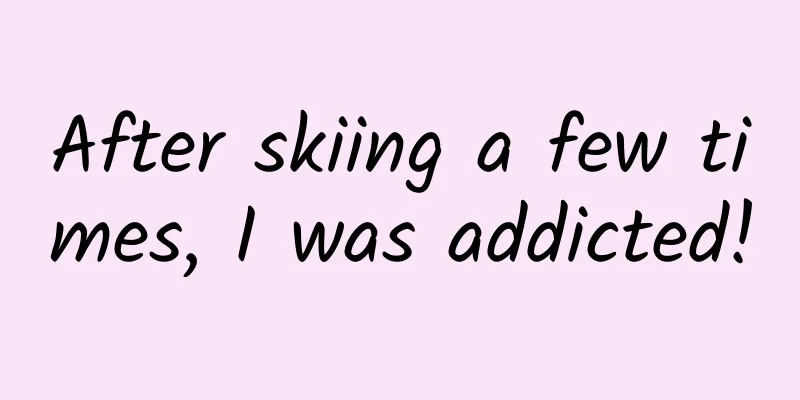
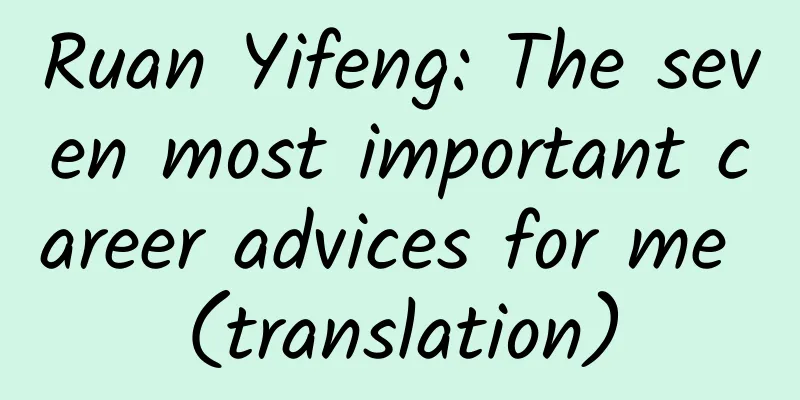
![C4D product performance first issue [HD quality with material]](/upload/images/67cc13dabf27f.webp)




